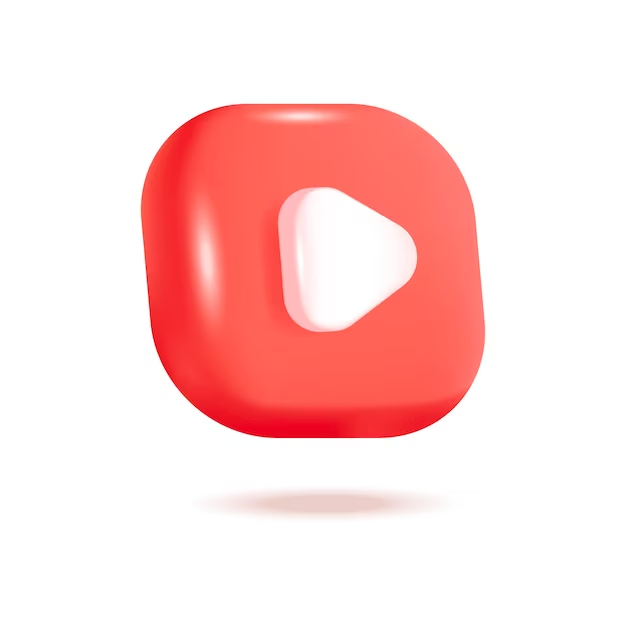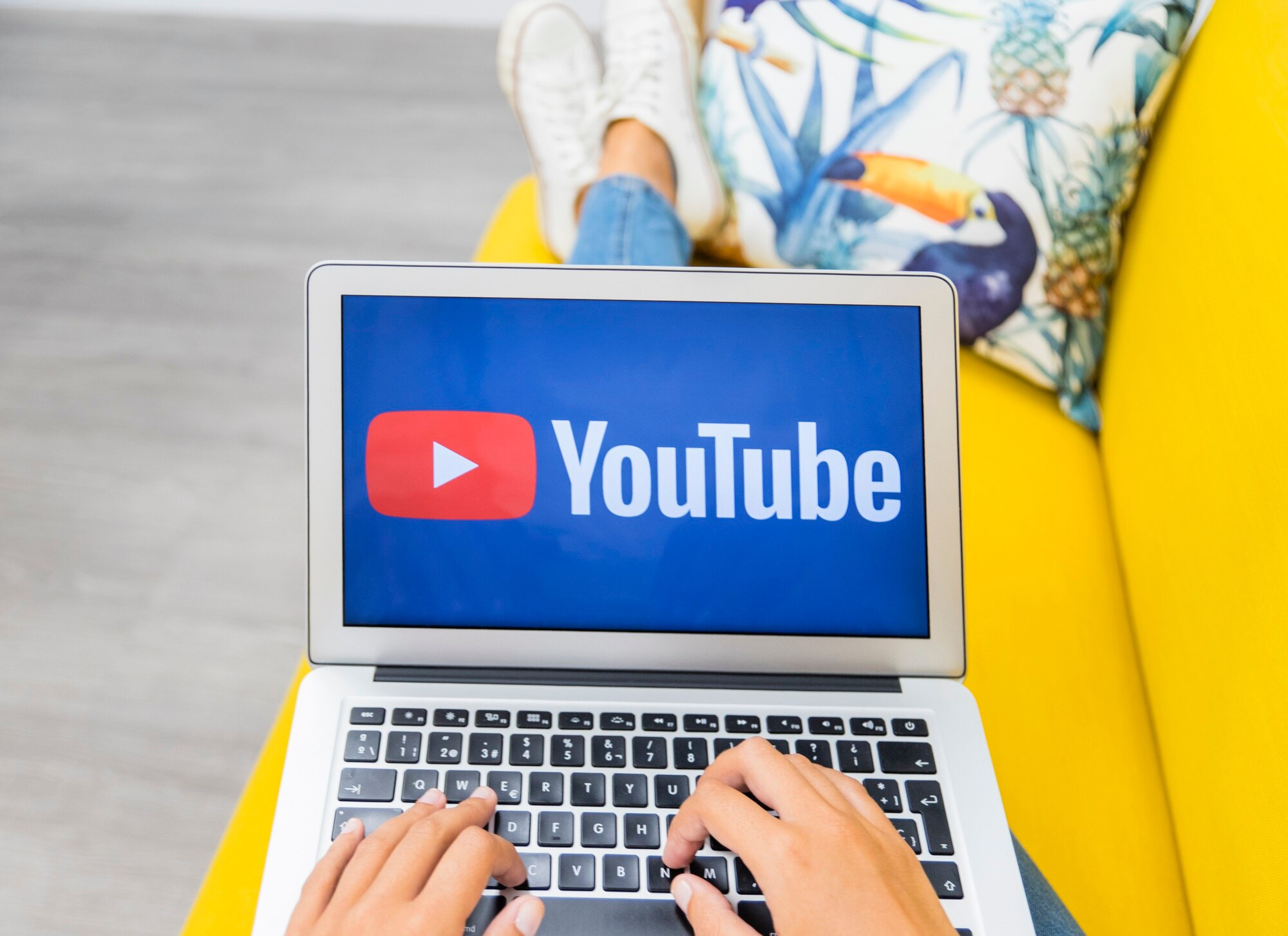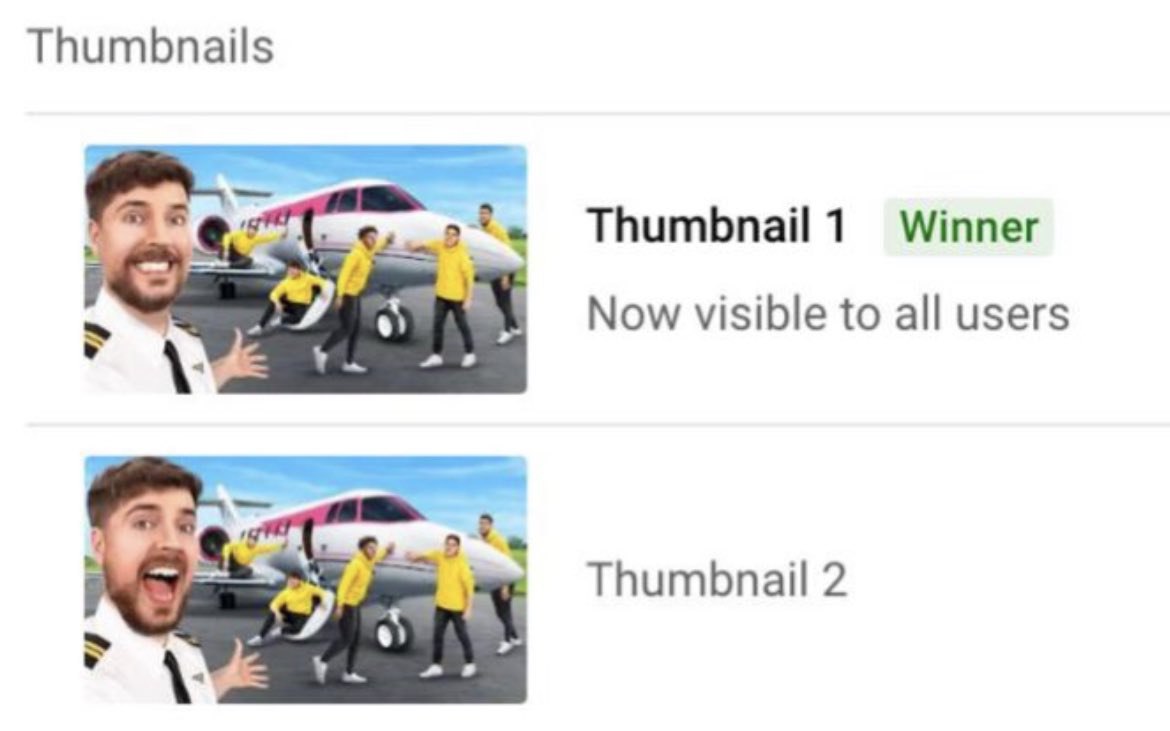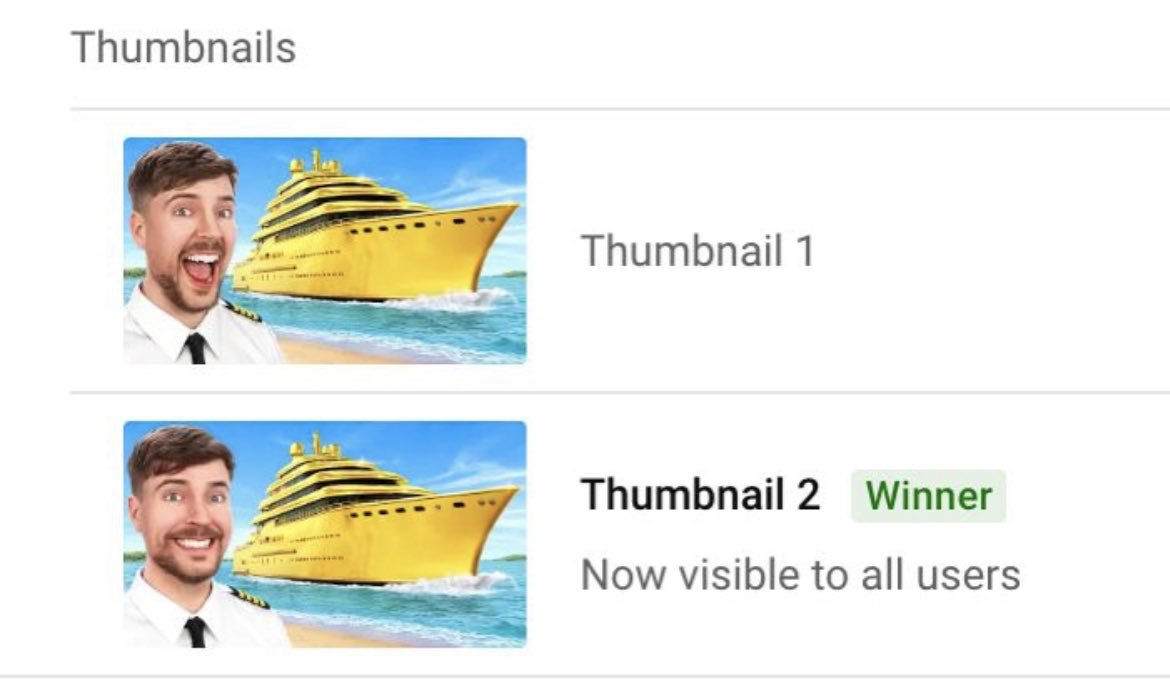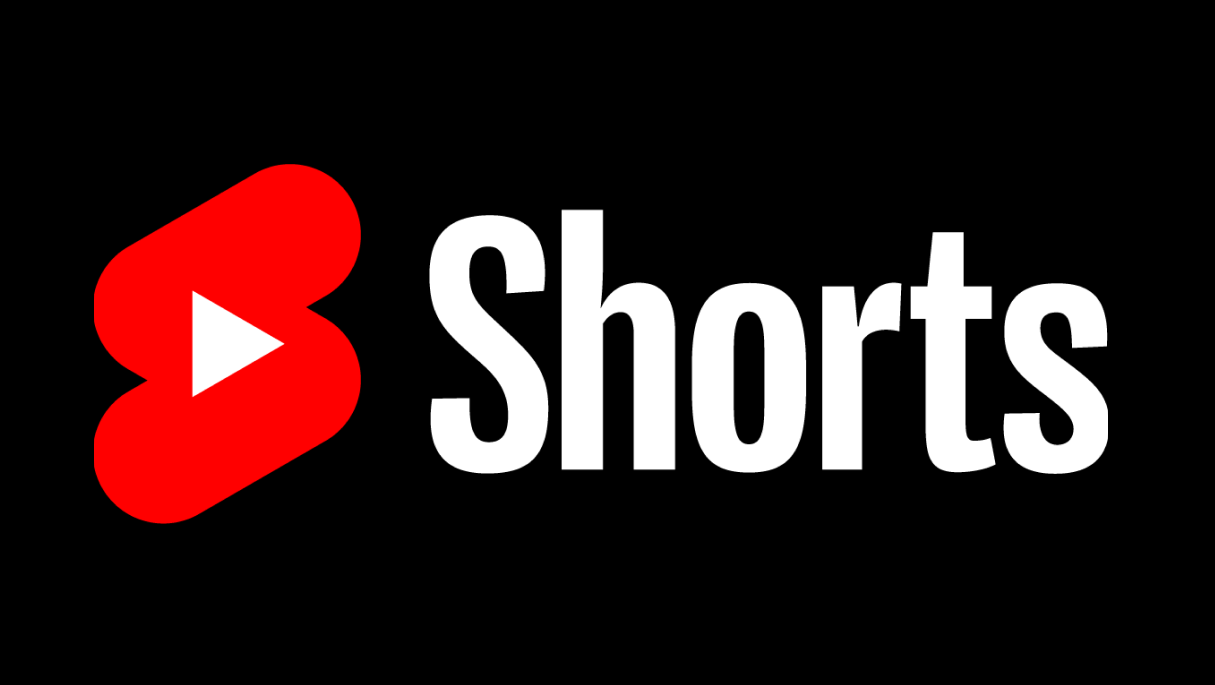How to Get Your Video to Trending on YouTube
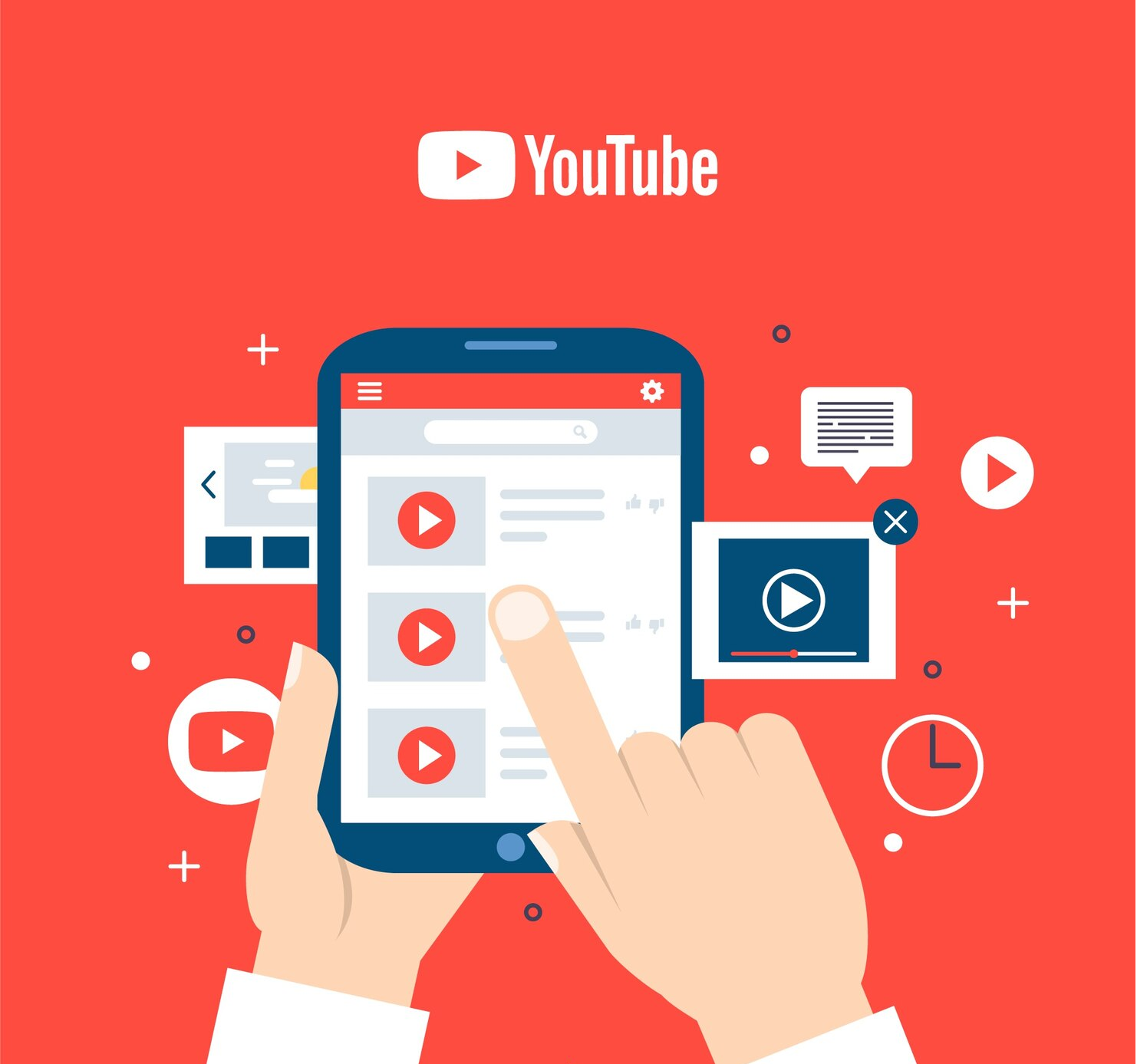
YouTube is one of the most popular video viewing platforms in the world. Algorithms are designed so that if you create high-quality content, your videos will appear to users on the main page, helping you reach a new audience.
But for YouTube content creators, one of the most important goals is to get into the platform's recommendations. This means that their videos will be seen by millions of viewers, and their channel will gain invaluable visibility and support. However, the path to success on YouTube is not always straightforward, and many creators struggle to stand out among the multitude of videos.
What are YouTube trending, and why is it so difficult to get into them?
YouTube trending are a mechanism through which the platform suggests videos to users that they are likely to find interesting. These video recommendations are displayed on the YouTube main page, in the sidebar, and in the "Trending" tab on mobile devices. They play a key role in determining which videos users will watch and have a significant impact on the traffic and popularity of channels and videos.
However, getting into YouTube recommendations can be extremely challenging for several reasons:
- Algorithmic Complexity: The algorithm that determines which videos make it to the recommendations is quite intricate. It takes into account numerous factors, such as viewer interaction with the video, watch duration, the number of likes, comments, and much more. Sometimes, this can seem unpredictable.
- Competition: YouTube is a massive platform where millions of creators compete for viewer attention. The volume of content uploaded is enormous, and the competition for a spot in recommendations is fierce.
- Initial Hurdles: New channels and creators may find it challenging to gain an initial boost. YouTube's algorithms often favor videos with high view and engagement numbers, making it difficult to start from scratch.
- Algorithm Changes: YouTube regularly updates its recommendation algorithms, which can affect the visibility of videos. Creators must continually adapt to these changes.
- Content Quality: Creating high-quality, engaging, and unique content is essential for making it into recommendations. Videos that do not meet these criteria often do not get a boost.
Despite these nuances, following advice, consistently improving content quality, and engaging with the audience can help content creators increase their chances of getting into YouTube recommendations and, thereby, attracting a larger audience.
What specifically influences getting into YouTube Trending
- Audience Engagement: Video watch time and the level of viewer engagement (likes, comments, subscriptions) are of great significance. Videos that retain viewers and prompt active interaction have a higher chance of being recommended.
Views: The number of video views is one of the most critical factors influencing YouTube recommendations. The more views a video has, the higher the likelihood it will be recommended to other users. However, it's not just the quantity of views, but also watch duration that is a critical factor. If viewers watch a video to completion, it signals to the algorithm that the content is engaging.
Likes: Likes also influence recommendations. Videos with a high number of likes usually have a better chance of being recommended. A like is an indicator that viewers enjoyed the video, and the algorithm takes this into account.
Comments: Comments can also impact recommendations. Content that sparks discussions and engages the audience in conversation may have a higher chance of being recommended. Comments can also provide additional context about the content of the video. - User Watch History: The algorithm considers the videos a user has watched previously and aims to suggest content that matches their interests and preferences.
- Content Quality: High-quality, informative, engaging, and professionally produced content has a better chance of making it into recommendations. This includes both visual presentation and sound quality.
Watch Time: The duration of video watch time is an important factor. The longer a user watches a video, the higher the chances of recommendations.
Watch Duration: The amount of time viewers spend watching a video plays a crucial role. If a user watches most of a video's duration, it's considered a positive signal for the algorithm. Therefore, creating content that retains viewers and encourages them to watch to the end is important. - Percentage of Watched: This metric indicates what percentage of the video a user has watched. It's important for the majority of viewers to watch at least half of the video's duration. The higher this percentage, the better for recommendations.
- Keywords and Metadata: Optimized titles, descriptions, and tags can help the algorithm understand what your video is about and offer it in the context of relevant queries.
- Subtitle and Transcript Inclusion: Adding subtitles and transcripts to a video can make it more accessible and improve its chances of being recommended.
- Publishing Regularity: Creators who consistently publish content may have better chances of recommendations. Keeping the channel updated can attract an audience and appear more appealing to the algorithm.
- Audience Interaction: Responding to comments and engaging with subscribers can help grow your audience and increase the chances of getting into recommendations.
- Clickability: The video's title and thumbnail are key elements influencing clickability. If the title and thumbnail capture attention, users are more likely to click on the video. This is the initial step toward increasing views.
Considering that YouTube algorithms are constantly changing and evolving, content creators must continually adapt their strategies to maximize their chances of getting into recommendations.
Title and thumbnail
Title and thumbnail play an important role on YouTube in attracting the viewers' attention and can significantly impact the success of a video.
- Attention Grabbing: The title and thumbnail are the first elements users encounter when browsing YouTube videos. Well-chosen titles and thumbnails can grab the viewer's attention, prompting them to click on the video. They create the initial impression and can determine whether the video will be watched.
- Clickability: A key factor in a video's success is the number of clicks it receives. The title and thumbnail should be clickable, meaning they attract attention that leads to action - clicking on the video. This is the first step in increasing views.
- Content Relevance: The title and thumbnail should accurately reflect the content of the video. If they create false expectations for viewers, it can have a negative impact on your audience and views.
- Brand Consistency: The title and thumbnail can be essential branding elements for your channel. They can help create a recognizable style and visual identity, which is important for attracting a loyal audience.
- Search Optimization: The video title also plays a role in search optimization. Using keywords and phrases related to the video's content makes it easier for users to find your content.
- Testing and Optimization: Content creators can conduct tests with different titles and thumbnails to determine which are most effective in attracting an audience. After publishing a video, it's worth analyzing its performance and optimizing titles and thumbnails for better results.
Embrace the golden rule - your video title should make someone who skips your video wonder, "What was in that video?"
Look at the titles and thumbnails chosen by top YouTubers. Nobody knows better than they do what truly works. You can conduct A/B testing of different thumbnails to determine which ones attract more attention and clicks. This will help optimize your visual strategy.
For example, Mr. Beast tweeted that the conversion of his videos improved after he placed a photo with a closed mouth on the video's thumbnail. He learned this through A/B testing algorithms.
Search optimization
Keywords: Including the right keywords in the video description and tags is an important part of metadata optimization on YouTube. Keywords should be related to the topic of your video and the queries users may use when searching. Conduct keyword research to find the most popular and relevant phrases and include them in the metadata.
Tags: Adding relevant tags to your video helps the YouTube algorithm better understand its content. You can use both broad, general tags, and specific, narrow ones to increase the likelihood that your video will be recommended in different scenarios.
Subtitle and transcript inclusion
Subtitles: Including subtitles in your video has several advantages. Firstly, they make the content accessible to people with hearing impairments or in different languages. Secondly, YouTube algorithms can use the text from subtitles to better understand the video's content and theme.
Transcripts: Providing a complete text transcript of the video also helps improve content accessibility and SEO. Transcripts can be indexed by search engines, potentially leading to additional traffic to your channel.
Quality and Accuracy: It's important for subtitles and transcripts to be accurate and of high quality. This enhances the viewing experience and can increase audience engagement.
Optimizing metadata, including keywords, tags, visual cover design, and the use of subtitles and transcripts, helps make your content more visible, accessible, and attractive to both viewers and YouTube algorithms, contributing to the growth of your channel and views.
Audience Engagement
Audience engagement is one of the key factors for success on YouTube and getting recommended. It's not just about the number of views but also about the activity and interaction of viewers with your content. YouTube algorithms pay attention to the following aspects:
- Likes and Dislikes: The number of likes and dislikes can indicate viewers' reactions to your content. Maintaining a positive response to your videos is important, but even negative feedback can provide you with insights for improving your content.
- Comments: Comments are where viewers can express their thoughts and ask questions. Responding to comments and engaging in a dialogue with your audience can help build a community around your channel.
- Watch Time: As mentioned earlier, in addition to view counts, the algorithm also considers how long viewers watch a video. Extended engagement with videos is seen as a positive signal.
Engagement with сomments
Engaging with comments is an important part of maintaining audience engagement. Here are some ways to do it:
- Reply to Comments: Try to respond to as many comments as possible. This creates a close connection between you and your audience and can encourage other viewers to participate in discussions.
- Ask Questions: Include questions in your videos or ask viewers to express their opinions in the comments. This encourages active discussion.
- Pay Attention to Constructive Comments: In addition to regular responses, try to highlight and respond to comments that provide valuable advice, suggestions, or constructive criticism.
Social Media and promotion
Social media can be a powerful tool for promoting your YouTube channel. Some ways to use social media for promotion include:
- Sharing Video Links: Share links to your videos in your social media profiles. This can attract your existing audience on YouTube.
- Community Engagement: Join social groups and communities related to your topic, actively participate in discussions, share your videos, as long as it complies with the group's rules.
- Advertising and Influencer Platforms: Consider using advertising campaigns on social media to expand your audience and attract new viewers to YouTube.
Lifehack for Trending: YouTube Shorts
YouTube Shorts is a relatively new feature designed for creating and viewing short videos that can be used to trend on YouTube. Initially, short videos had their own recommendations, but YouTube later allowed Shorts to appear in the main feed. It's important to note that short videos have their own characteristics and can provide several advantages comparable to classic videos:
- Quick Creation: Creating short Shorts videos can be much faster than shooting, editing, and publishing long videos. This means you can update your content more frequently and stay active on the platform, which, in turn, can improve your visibility and chances of trending.
- Ease of Editing: Shorts offers integrated tools for quick editing, adding music, and creating creative effects. You don't need to be a professional editor to create attractive short videos.
- Experimentation: Short videos are ideal for testing different ideas, formats, and styles. You can determine what works best for your audience without significant time and financial investments.
- YouTube Algorithm Support: The platform actively promotes short videos through the "YouTube Shorts" section and recommendations. Short videos can more easily garner more views and likes since they are perfect for engaging content.
- More Interaction Opportunities: Short videos can stimulate more active engagement with your audience through comments and likes. Since they are brief, viewers may show greater interest.
- Trends and Challenges: Participating in popular trends and challenges in the form of short videos can increase your chances of appearing in recommendations.
Considering these advantages, YouTube Shorts is an appealing way to improve your visibility on YouTube and increase your chances of trending. It can be a quicker and easier option compared to creating traditional videos, especially beneficial for new creators looking to quickly capture their audience's attention on YouTube. However, we recommend not exclusively focusing on Shorts and not forgetting about long-form videos.
YouTube channel analytics
The Importance of YouTube Analytics
Analytics on YouTube plays a crucial role in the successful promotion of your channel and trending on the platform. It provides insights into your audience, which videos are performing well, and what interests your viewers. By analyzing data on content performance and audience engagement, you can optimize metadata, create more engaging content, and better align with YouTube algorithms.
In more detail, analytics provides:
- Audience Understanding: Analytics allows you to better understand who comprises your audience, including age groups, interests, and locations. This helps in creating content that aligns with viewers' expectations.
- Content Performance Evaluation: Analytics provides data on which videos are the most successful and which garner less interest. This enables you to adapt your strategy and create content that performs best.
- Engagement Assessment: You can track metrics like watch time, view percentage, and audience engagement. These data help you gauge how well your content retains viewers' attention.
- Monetization and Revenue: Analytics helps you evaluate the revenue you gain from monetization, advertising, and other sources. This is crucial for creators looking to earn on YouTube.
- Trend and Trend Identification: Data analysis can help you identify content and audience trends, allowing you to create more timely and relevant content.
- Effectiveness of Promotion Strategy: You can track the sources of your audience, identifying which resources attract the most viewers and which marketing efforts are the most successful.
Analytics Tools
In addition to internal statistics, we recommend using other analytics tools. For example, Popsters.
Popsters is a powerful tool that can significantly simplify competitor analysis on YouTube. With it, you can:
- Compare Videos: You can compare your videos with videos from any other YouTube account. This helps you determine which videos perform better and get ideas for your content.
- Analyze Metrics: Popsters provides access to various metrics such as view count, ER (engagement rate), VR (view rate), and more. This offers a deeper understanding of which content is more successful. The service also allows you to sort videos easily, regardless of the channel.
- Study Trends: You can analyze trends and changes in YouTube activity over a specific period.
Watch a brief overview of the service to better understand its capabilities and benefits:
Using Popsters and similar tools complements YouTube's internal analytics, allowing you to conduct more in-depth analysis, compare your results with competitors, and gain valuable insights for improving content and promotion strategies.
Try Popsters Trial plan to get content activity statistics of any pages for a next 7 days for free
Try for free
